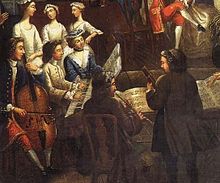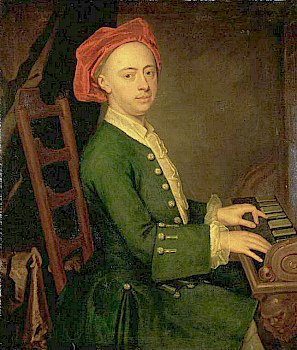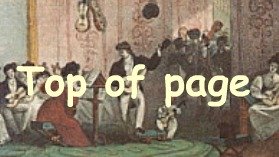The History of the Sonata
Origins of the term Sonata
The word "Sonata" has its origins in the Latin and Italian 'sonare' meaning "to sound"; it was used to indicate a piece of music played on instruments. In contrast the word 'cantata' is derived from the Latin and Italian "cantare" meaning "to sing", and hence music with such an indication was sung.
The term evolved through the history of music, and came to designate a variety of forms prior to the Classical era. During the Classical (c. 1750 - c.1830) era the term acquired increasing importance, and by the early 19th century it came to represent a principal of composing large scale works. Alongside the fugue it was regarded a fundamental method of organizing, interpreting and analyzing concert music. The musical styles of sonatas has changed into the 20th and 21st centuries, however the structure of these works remains similar to those of the past.
In the Baroque era (c. 1600 - c. 1750) the term sonata was applied to a variety of works :
- 1. Solo instruments such as keyboard or violin,
- 2. Ensembles of instruments
by
Dolce Suono
During the transition from the Baroque to the Classical era, the term evolved, ultimately coming to mean a chamber-music genre applied to either a work for :
- 1. A solo instrument, usually a keyboard or,
- 2. A solo melody instrument such as a flute, accompanied by a keyboard.

Baroque composers like Handel
contuributed to the development
of the sonata
It is interesting to note that in the Baroque era keyboard parts were not written out in entirety, and were known as "basso continuo" - or "continuo" for short. As the Classical era drew nearer a keyboard part fully written out was notated as a "obbligato" keyboard part, this indication fell out of usage by the 19th century.
Another similar term "sonatina" is used for pieces that are similar in form to a sonata but are shorter in length, or are technically easier.
The Baroque period
Two classes of sonata were used in the Baroque era :- The "sonata da chiesa" (in English : "Church sonata"),
- and the "sonata da camera" (In English : "chamber sonata") proper for use at court.
by
Tatyana Ryzhkova
The first of these forms, the sonata da chiesa generally was scored for one or more violins and bass. By the time of Bach and Handel a common format for the composition was employed usually consisting of :
- 1. a slow introduction
- 2. a loosely fugued allegro
- 3. a cantabile slow movement
- 4. A finale usually in binary form and of a quick tempo
More history of the sonata at page 2!
Other Musical forms :
- The Caprice
- The Ecossaise
- The Etude
- The Waltz
- The Polonaise
- The Rondo
- The Caprice
- The Scherzo
- The Sonata
- The Fantasia
- The Passacaglia
- Variation
- The Etude
|
|
G. F. Handel's Overture from Suite VII |






